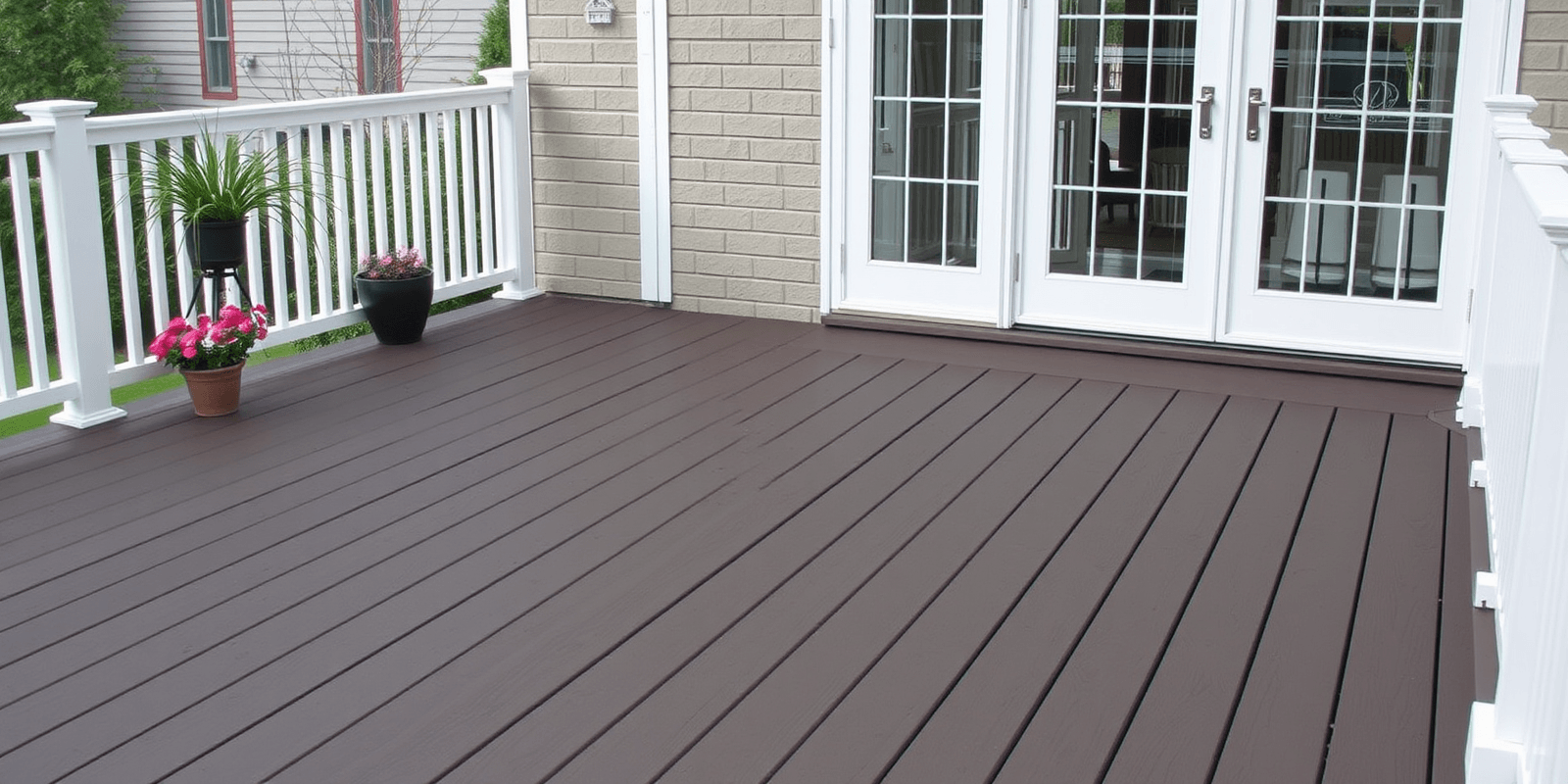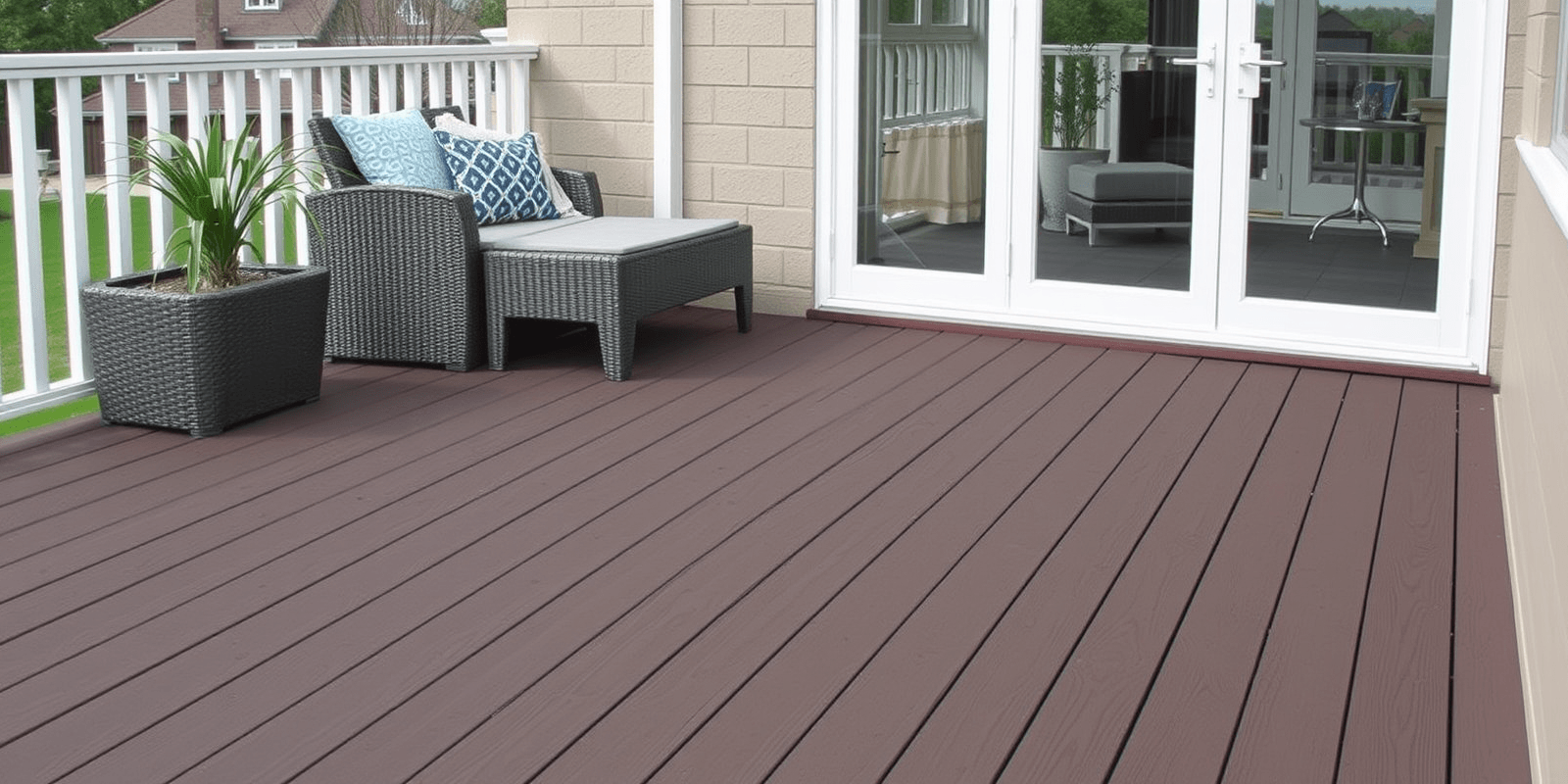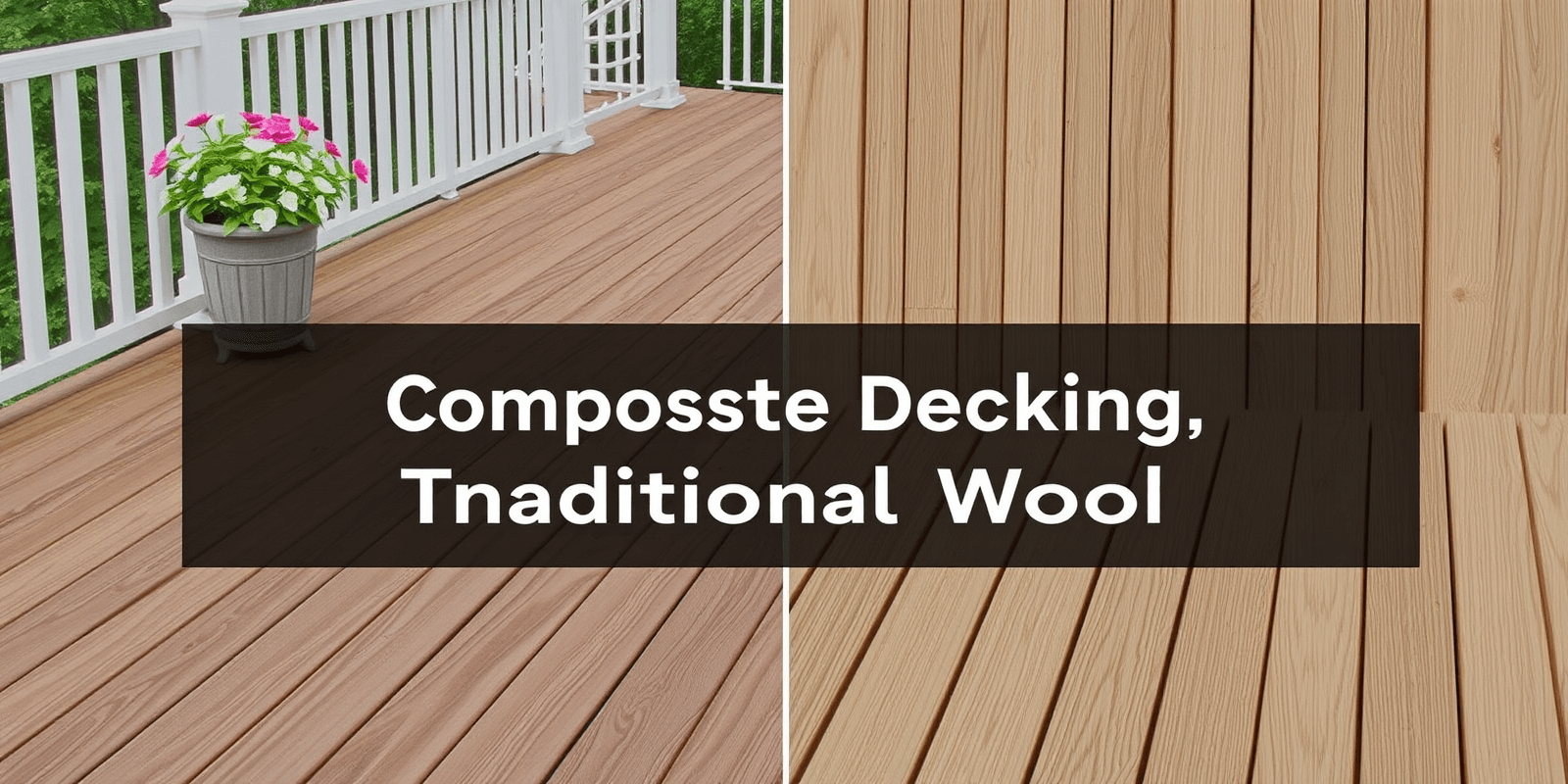Types of Composite and PVC Decking
Introduction
Decking materials have evolved significantly over the years, offering homeowners a variety of options that combine durability, aesthetics, and low maintenance. Among these, composite and PVC decking have emerged as popular choices, each with its own set of advantages and considerations. This article delves into the differences between composite and PVC decking, detailing their unique features, benefits, and applications. We will also highlight specific brands or products within each category and provide pros and cons for each type.
Composite Decking
Composite decking is a blend of wood fibers and plastic, often recycled, which results in a material that is both durable and environmentally friendly. Brands like Trex and TimberTech are leading the market with their innovative composites.
Pros of Composite Decking
- Low Maintenance: Composite decks require minimal upkeep compared to traditional wood decks, needing only occasional cleaning and no staining or sealing.
- Durability: These decks are highly resistant to rot, insects, and moisture, ensuring longevity even in harsh weather conditions.
- Environmentally Friendly: Many composite deck boards are made from recycled materials, reducing waste and contributing to sustainability.
Cons of Composite Decking
- Cost: Composite decking tends to be more expensive upfront compared to traditional wood or PVC options.
- Weight: The heavier nature of composite materials can make installation more challenging and require additional support structures.
- Appearance: While advancements have improved the look, some consumers still prefer the natural appearance of wood.
PVC Decking
PVC (polyvinyl chloride) decking is made entirely from plastic and offers a modern, sleek appearance. Brands such as Azek and Wolf offer high-quality PVC decking solutions.
Pros of PVC Decking
- Resistance to Moisture: PVC decking is completely water-resistant, making it ideal for humid climates or areas prone to flooding.
- No Maintenance: Unlike composite decking, PVC does not require any painting or staining, and is easy to clean with soap and water.
- Aesthetic Appeal: PVC comes in a wide range of colors and finishes, allowing for customization to match various architectural styles.
Cons of PVC Decking
- Cost: Similar to composite, PVC can be more expensive than traditional wood options.
- Heat Sensitivity: PVC can become soft under high temperatures, potentially affecting its structural integrity.
- Environmental Impact: Although recyclable, PVC production has a higher environmental impact compared to composite materials.
Applications and Considerations
The choice between composite and PVC decking depends largely on personal preference, budget, and environmental concerns. Composite decking is ideal for those seeking a balance between aesthetics and sustainability, while PVC is perfect for homeowners looking for a low-maintenance option with a contemporary look.
Conclusion
Both composite and PVC decking offer distinct advantages that cater to different needs and preferences. Whether you opt for the eco-friendly composite or the sleek PVC, each material provides a long-lasting, beautiful addition to your outdoor living space.
References
Trex,
TimberTech,
Azek,
Wolf



